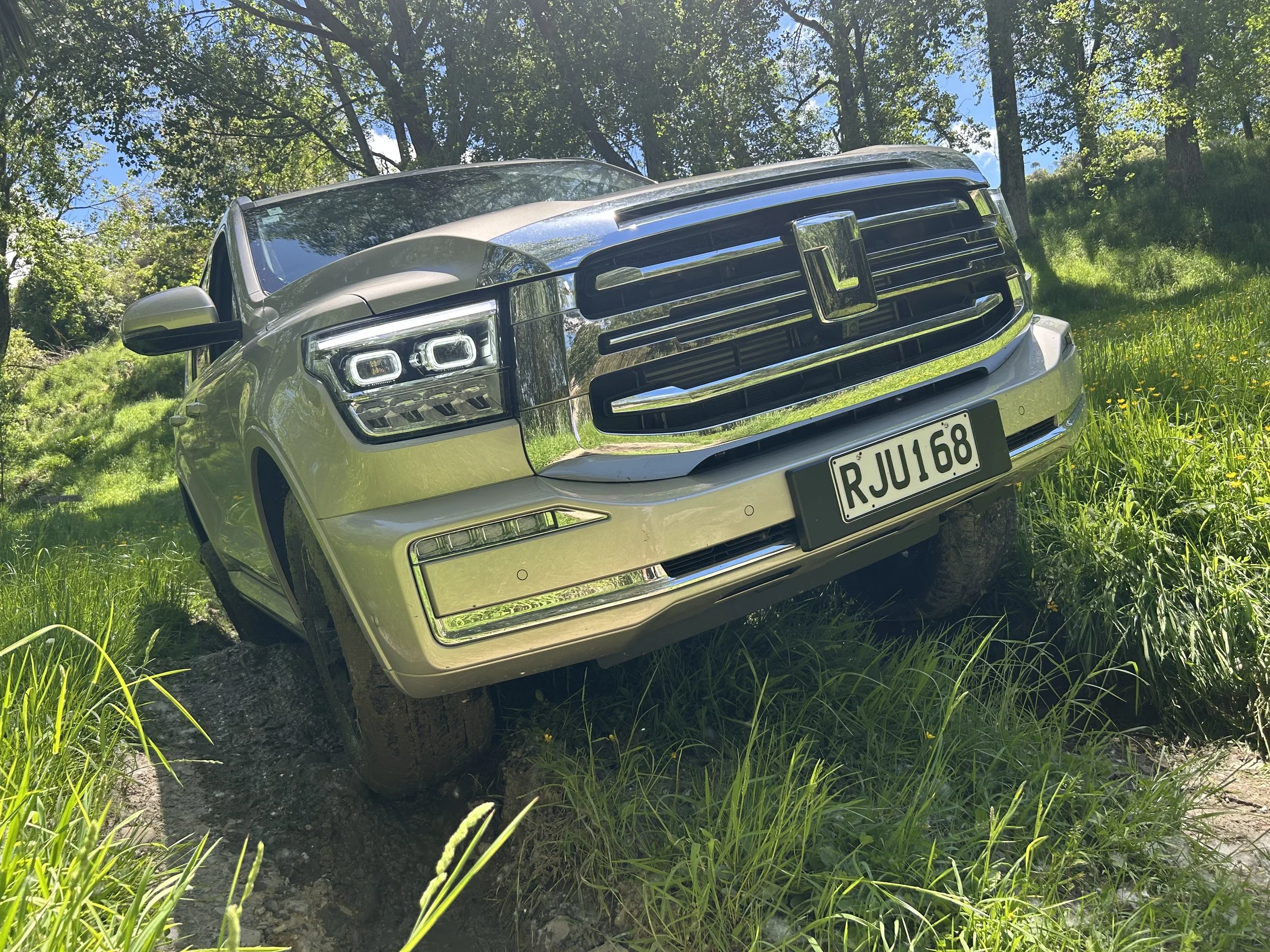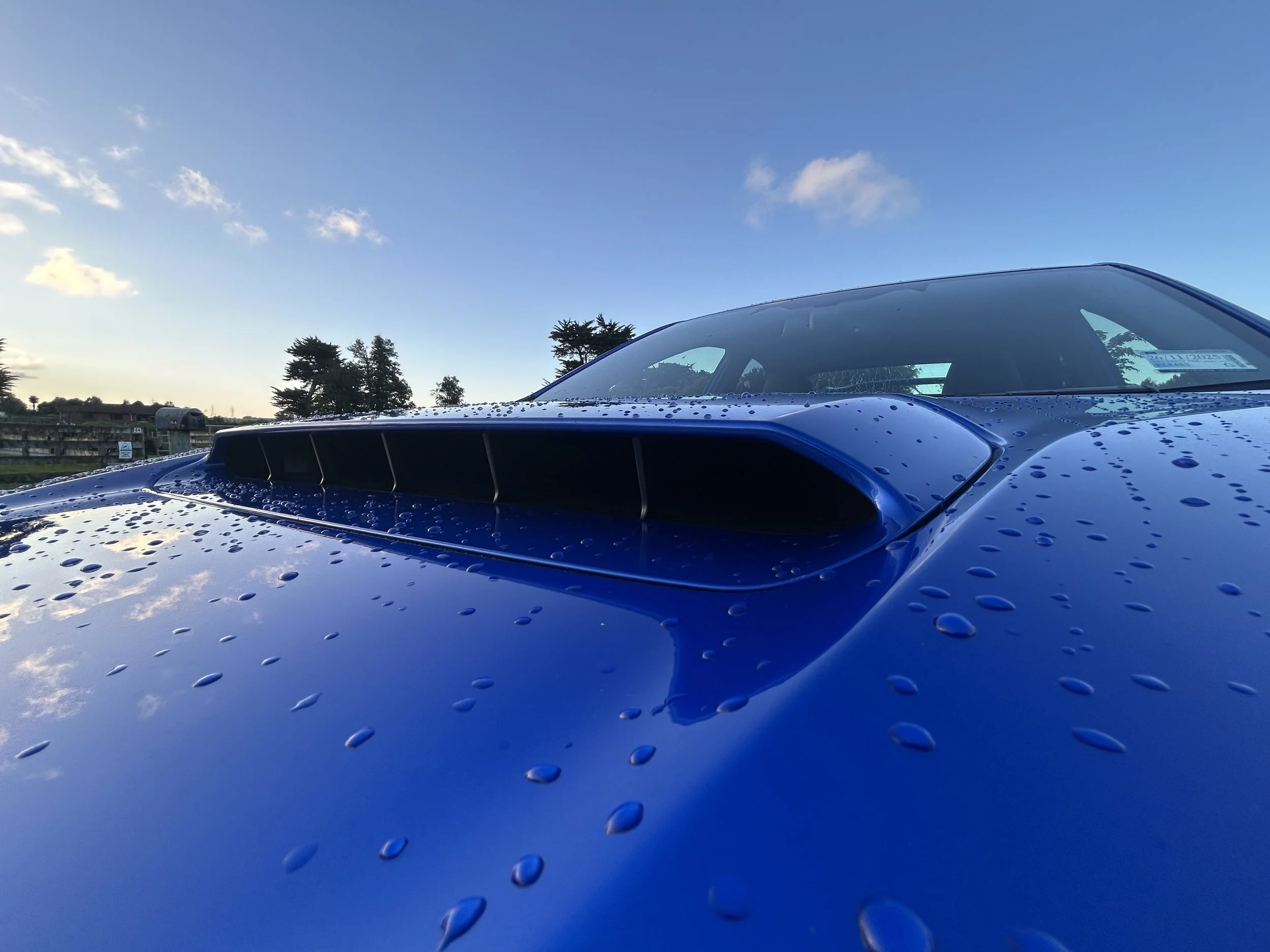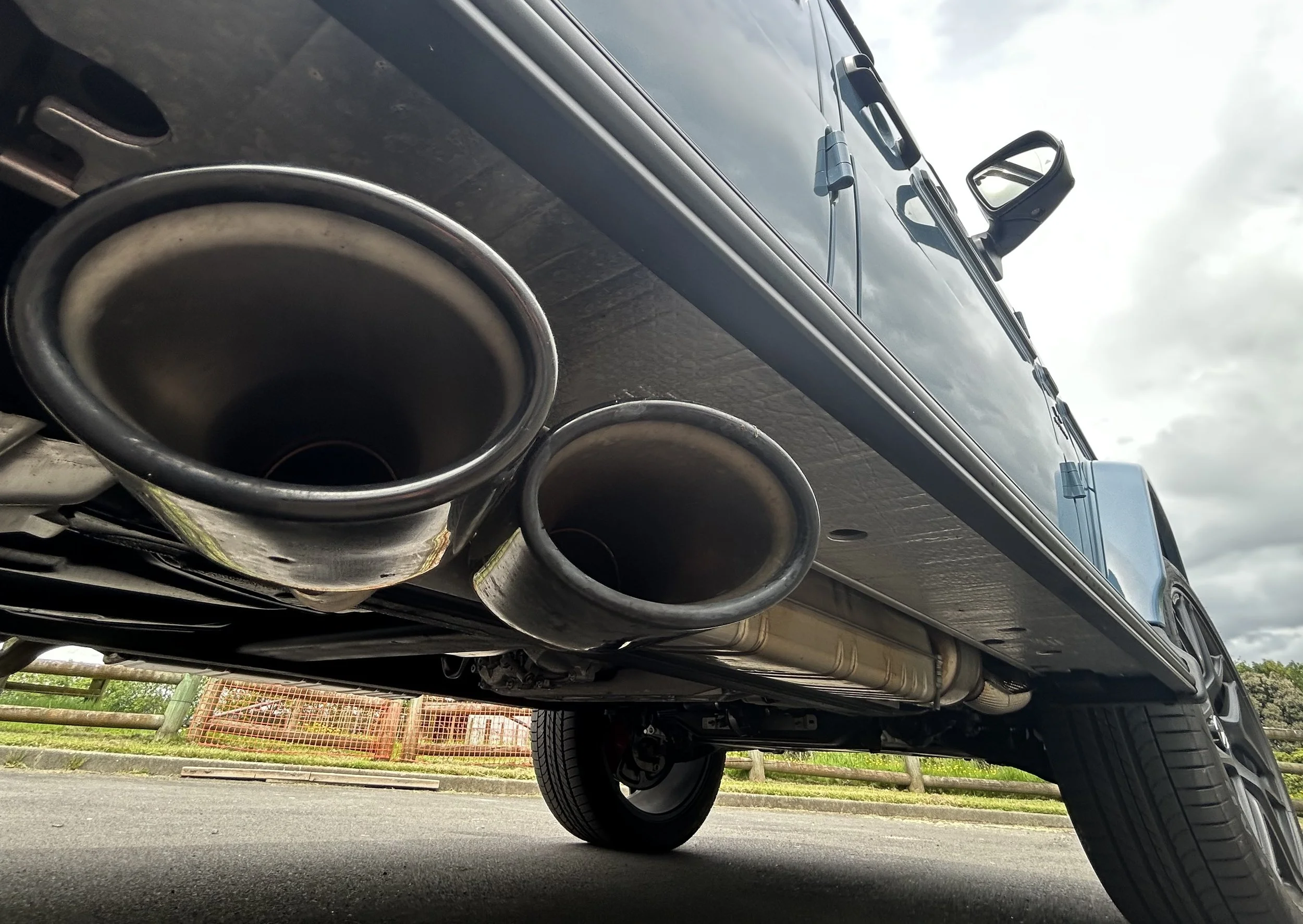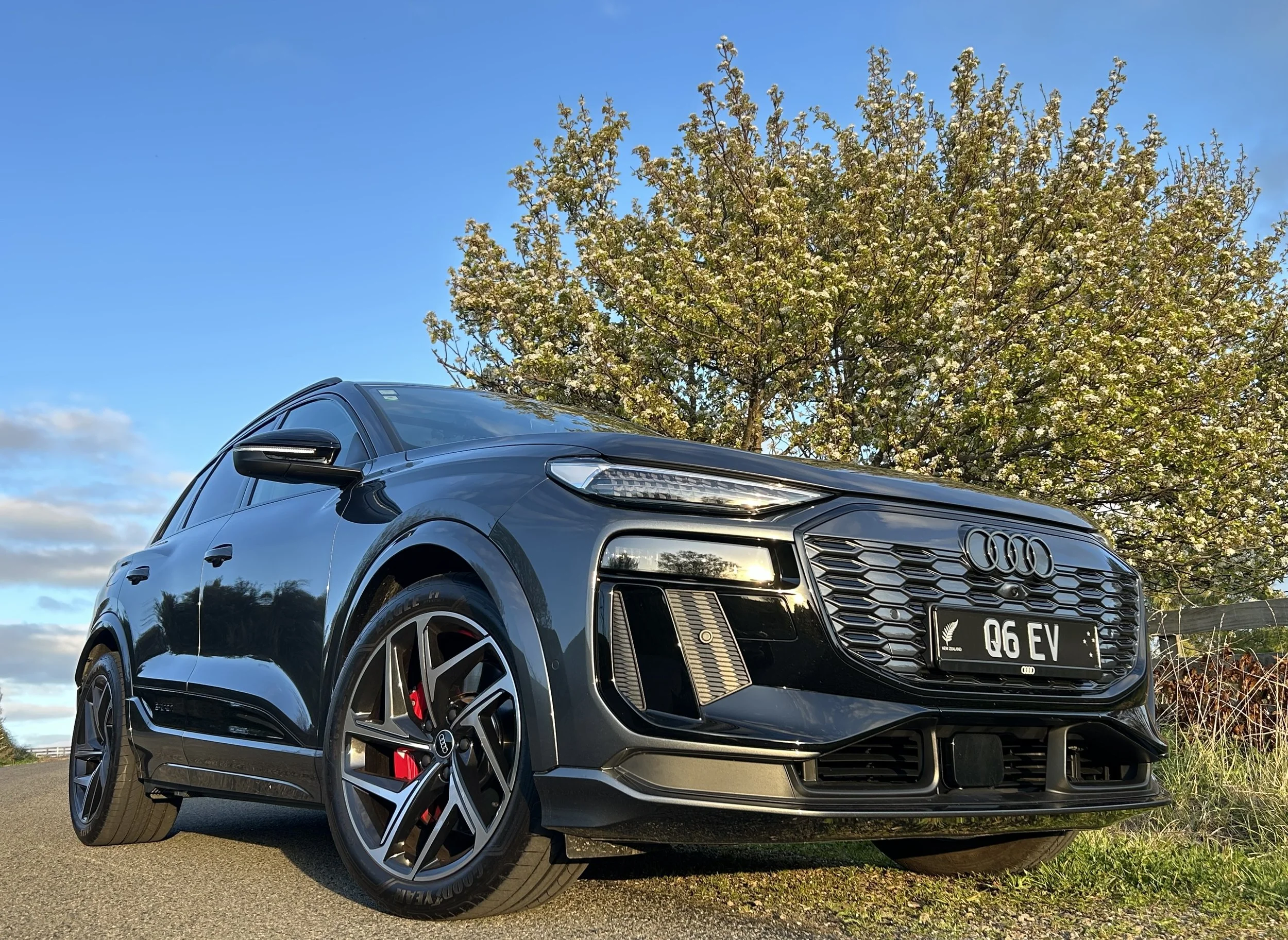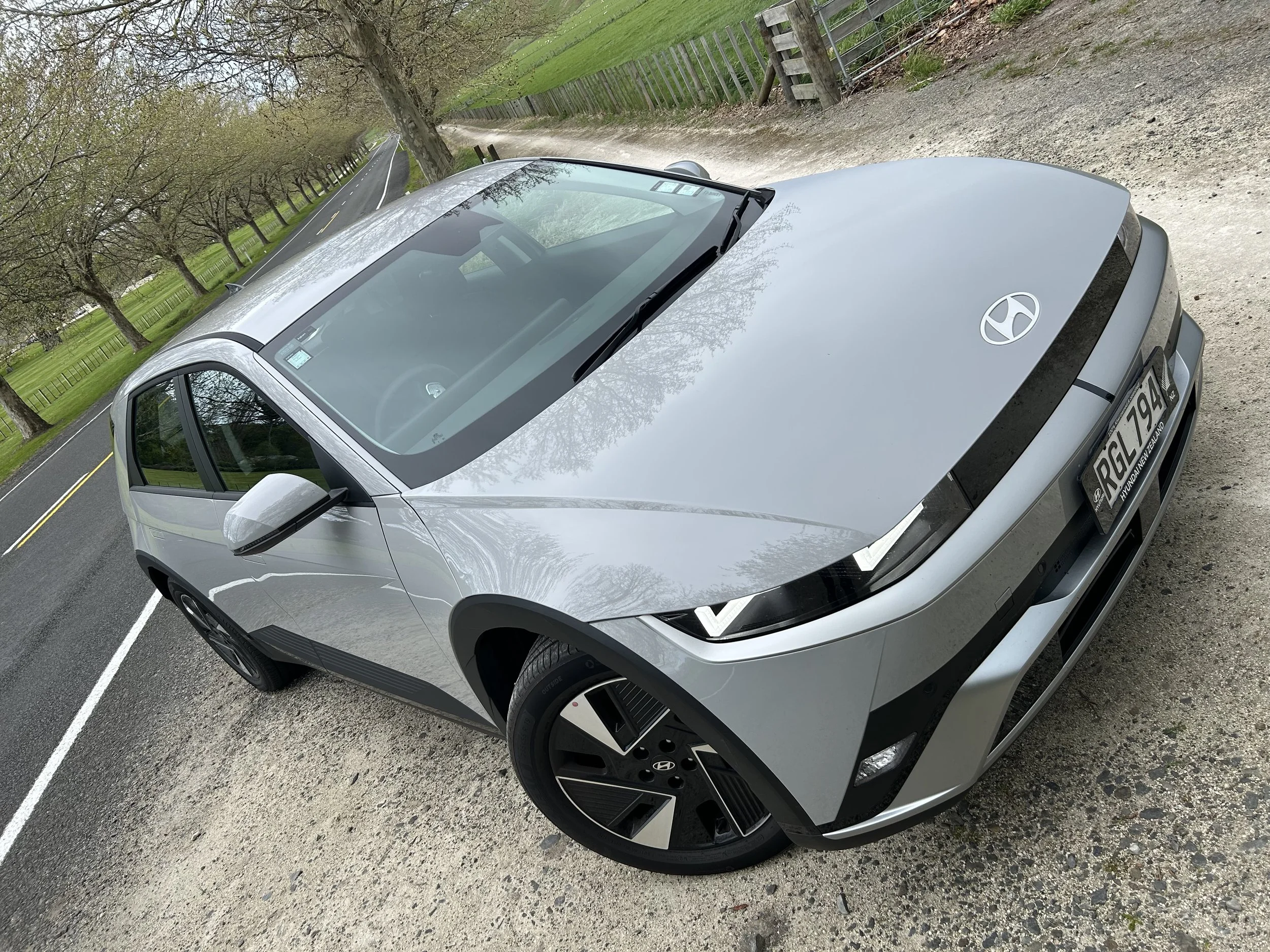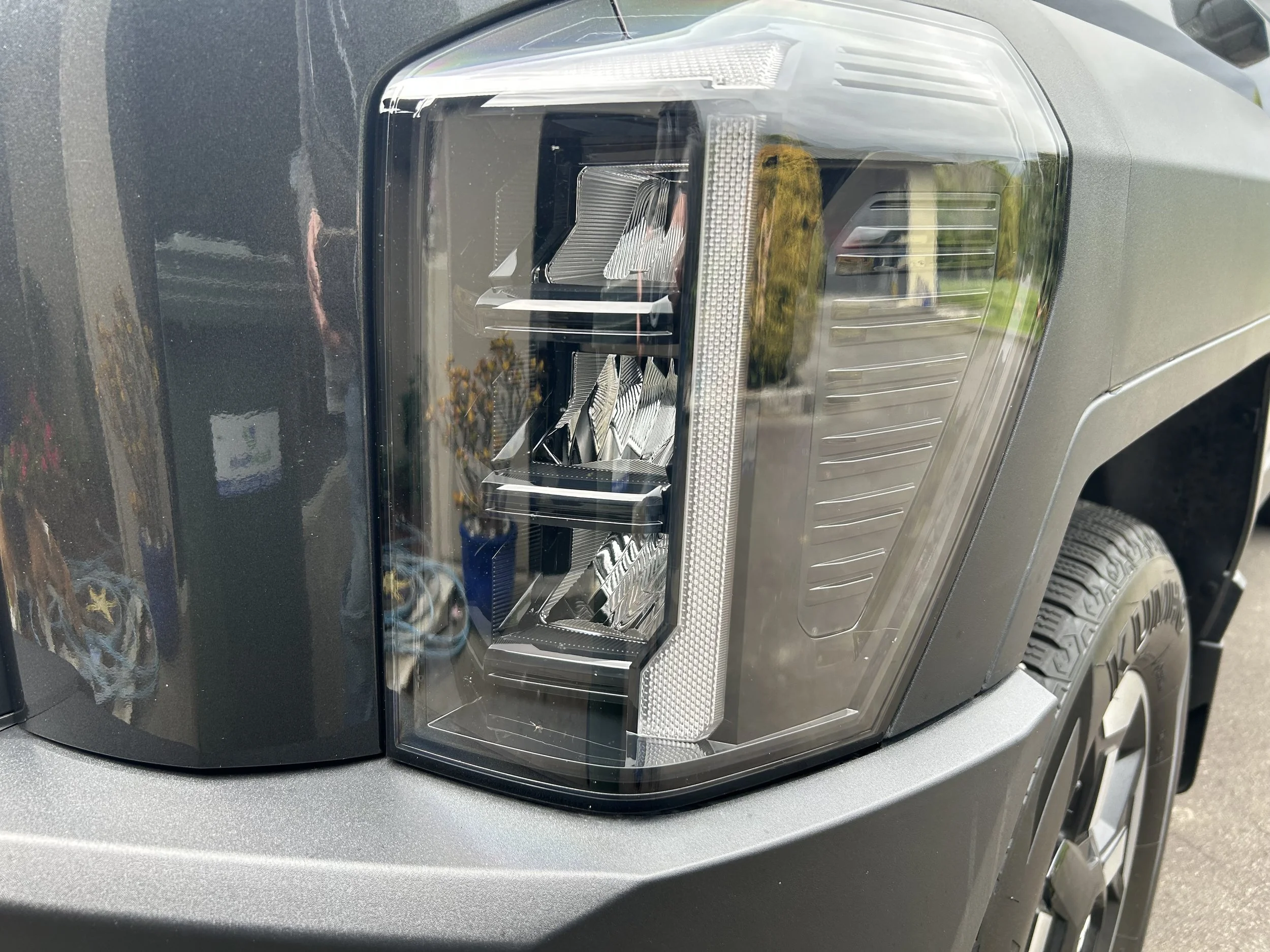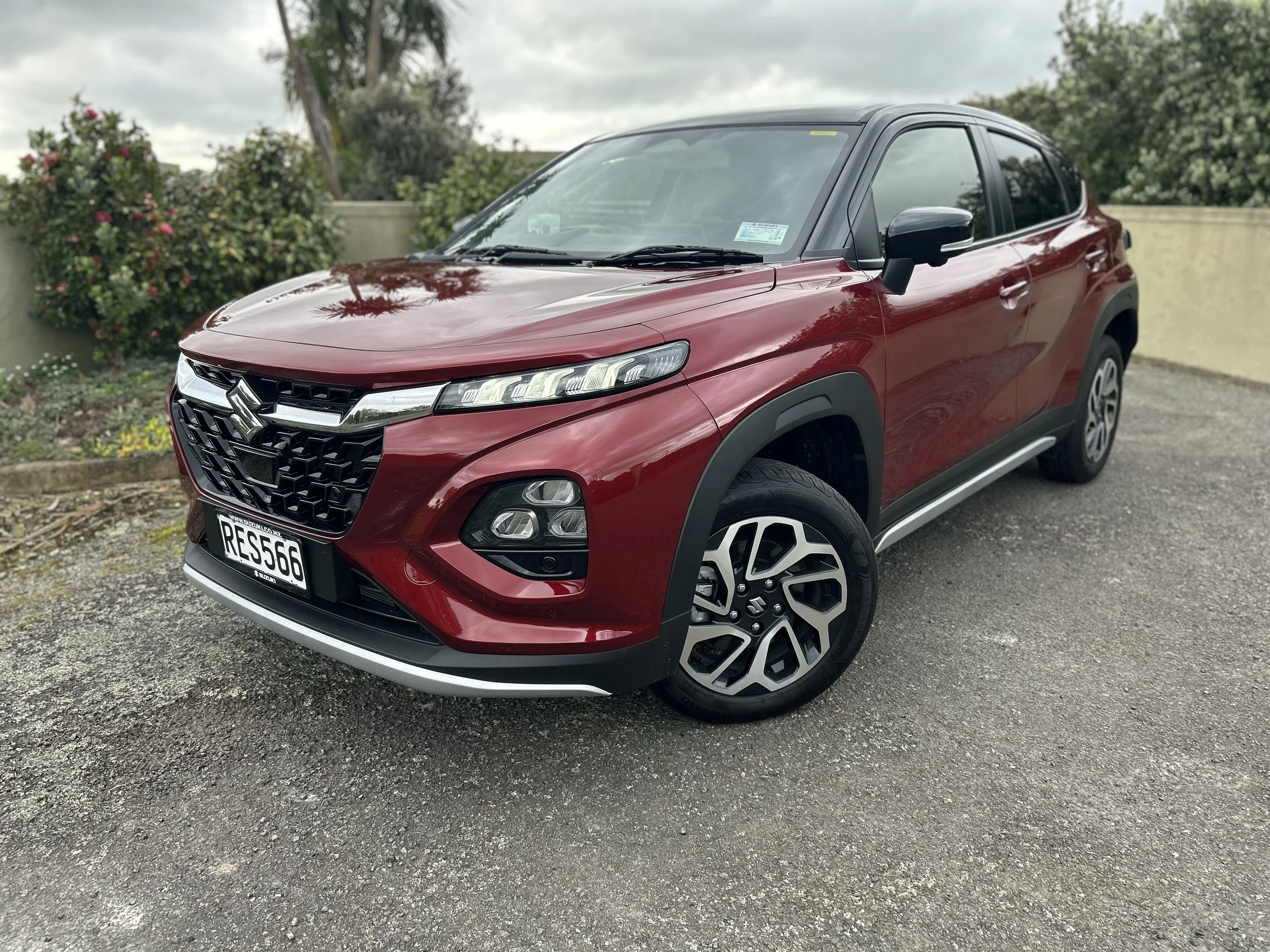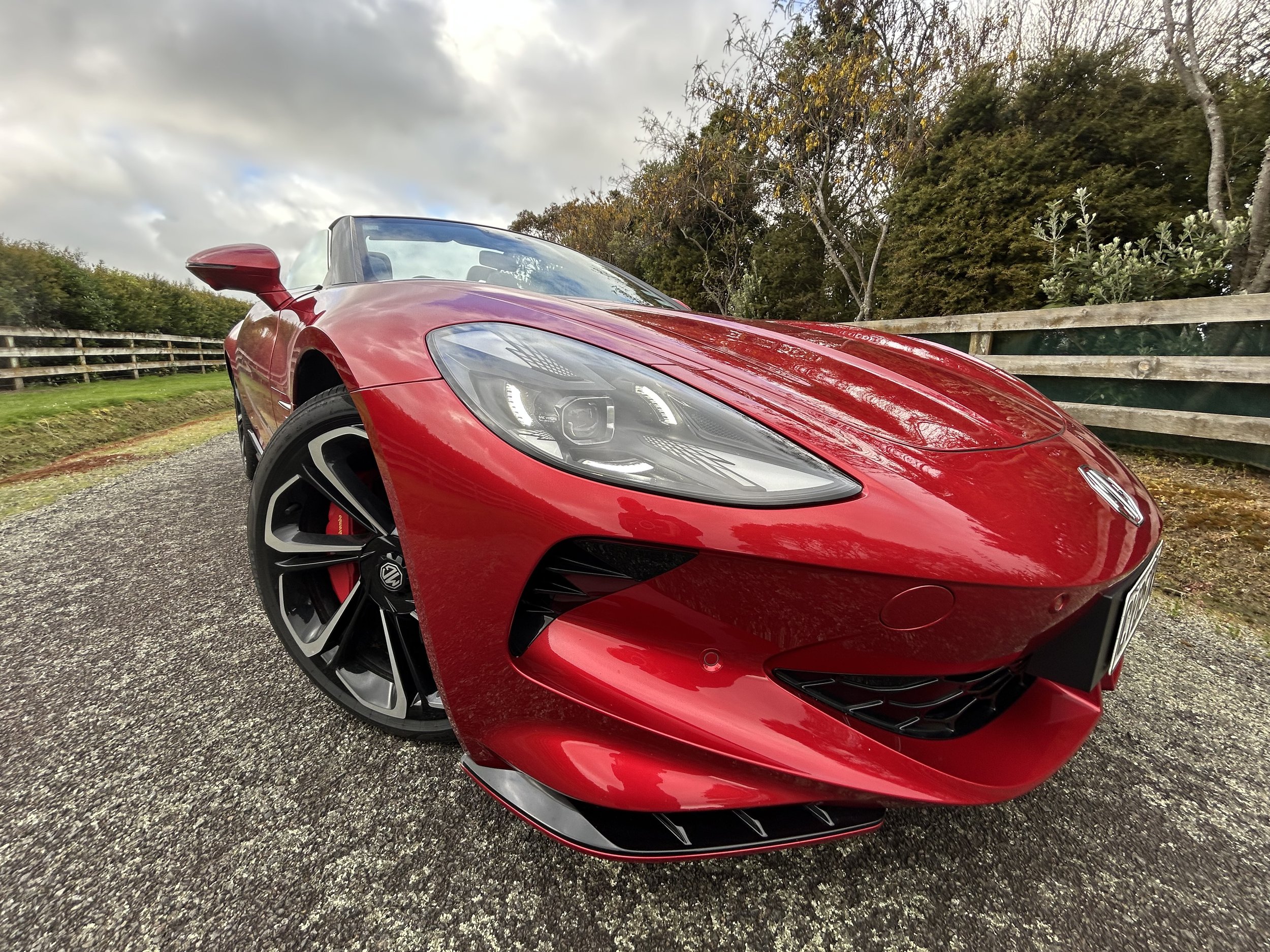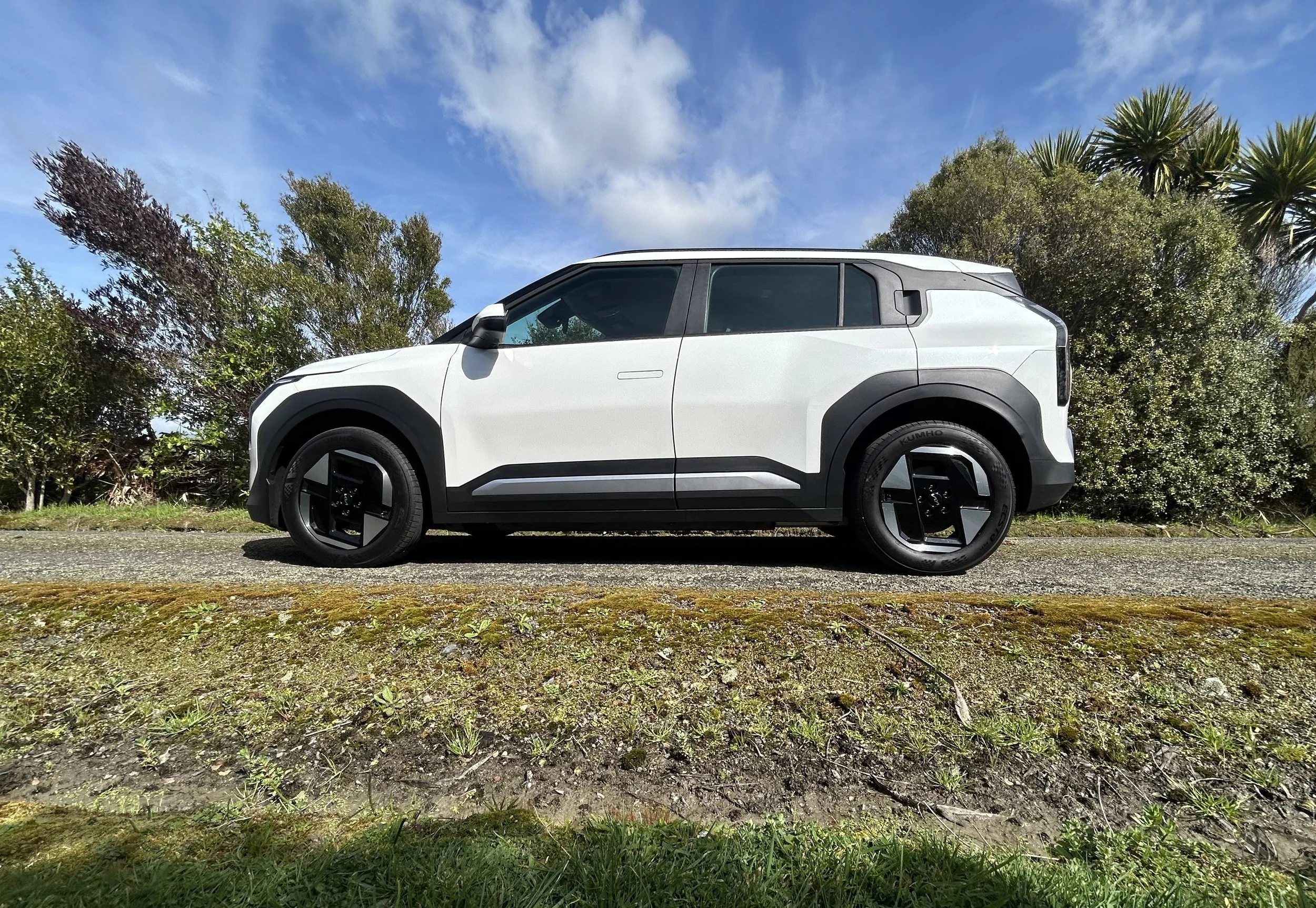Big numbers cited for new Omoda flagship
/Latest CATL battery technology lends Nine plenty of thrust and thrift.
MORE detail has come out about the Omoda 9, a premium five-seater family sports utility - but the distributor is now being less assertive about when, or if, it will sell here.
When Omoda launched here last year, kicking in with the C5/E5 medium sports utility, brand representatives of the time promised the ‘Nine’ would be along this year and also the C7, another SUV more akin to the C5 in size.
Today, though, Chery Motors’ regional office in Melbourne, which handles Omoda and sister brand Jaecoo, suggested that might not be the case for the Nine, with a spokesman saying: “We’re currently reviewing the Omoda range for the New Zealand market, so at this stage there are no confirmed timings for this model”.
Ultimately set to be built in a fully electric edition, the Nine is for now only available in right hand drive in a lookalike sister battery-assisted type.
The specification for a key right hand drive market has just been announced.
The plug-in hybrid has the same sort of ‘SHS’ plug-in hybrid powertrain as a car that sister brand Jaecoo intends to have on sale very soon.
The abbreviation stands for 'Super Hybrid System’ and comprises a 1.5-litre turbocharged four-pot, a three-speed automatic gearbox, a pair of e-motors and a battery.
In the ‘Nine’, though, the system is significantly fizzed up.
Whereas the J7 SHS carries an 18.3 kWh lithium ion phosphate battery, feeding one electric motor, the Omoda has a 34.46kWh unit and power and torque outputs of 330kW and 700Nm, sent to all four wheels. The J7 has a combined 152kW and 310Nm.
At 4775mm, the Omoda is a significantly sized - and, presumably, significantly hefty car - but the make cites this model having ability to achieve 0-100kmh in just 4.9s, which would make it lineball with the BMW M135 we recently tested.
However, this isn’t just about oomph. Like the the J7, the car is economical.
Omoda claims its vehicle can can achieve up to 150 kilometres of pure-electric driving, contributing to a claimed range of 1126km when all systems are fully juiced.
For J7, the counts are 90km and 1200kms, when using the WLTP scale that is all but mandated here now. The latter would make it this market’s longest-range PHEV.
The ‘Nine’s’ battery is from Chinese giant CATL and is claimed to be some 20 percent more energy-dense than a comparable lithium-iron-phosphate battery. The claim is that this “M3P” technology is not only state-of-the-art but brings a distinct cost advantage over conventional LFP batteries.
Omoda’s intent to bring the car here was announced last year, at time of unveiling the make’s first local introduction, the C5.
The potential of the biggest car being labelled C9 and E9, respectively to differentiate the drivetrains, was ventured then, but subsequently in the United Kingdom the SHS is simply being called the ‘Nine.’
The car is a proper luxury effort; in the UK, the BMW X3, Lexus NX and Volvo XC60 are cited rivals.
An export edition unveiled in December had leather upholstery, panoramic sunroof, a 50W wireless ultra-fast charger and a nine-speaker Sony sound system.
The UK car has a 14-speaker Sony stereo integrated into the headrests, cooled wireless phone charging, and heated and ventilated seats front and rear.
The design is suitably techy, if closely aligned to the C5 look, with a common front light bar and diamond grille pattern grille. Headlights and daytime running lights are now combined; on C5 they are separate units. There are similarities at the rear, too. The Nine sports four exhaust pipes, apparently to recognise it potency.
A floating bridge design dash has a single-piece 24.6in display, split into an infotainment touchscreen and an instrument panel of equal size. It has augmented-reality (AR) navigation and facial recognition.
In its UK media presentation, Omoda enforced how it has prioritised refinement in the car’s development.
Effort there includes it being shod with “acoustically optimised” Michelin tyres and fitted with double-glazed windows for improved soundproofing. Just 45.8 decibels of outside noise can enter the cabin, says Omoda.
It also rides on magnetorheological dampers and gets six drive modes (Eco, Normal, Sport, Mud, Snow and Off-road).
Safety comprises ABS brakes, stability control, airbags and a host of driving assistance systems including automatic headlights, rain-sensing wipers, adaptive cruise control (ACC), forward-collision warning, emergency braking, blind spot detection (BSD), lane keeping and rear cross-traffic alert.
Omoda claims a total of 20 advanced driver-assistance systems (ADAS) are fitted, plus a 540-degree panoramic-view camera set-up.
Omoda is also set to reach into the budget end of the market, with the yet-to-be-revealed Omoda 3. Intent is to have that out before year-end as a rival to the growing count of sub-$50,000 battery-wed products coming here, most from other rival Chinese makes.
The Omoda name? It derives from Oxygen and Moda, meaning modern. Chery envisages an ‘O-Universe Ecology’ in which there is a technology-centric ‘O Club’, a development centre ‘O Lab’, a design-led ‘O Fashion’ and a modern landscape ‘O Life.’ Omoda says its current designs adhere to an ‘art in motion’ philosophy.










